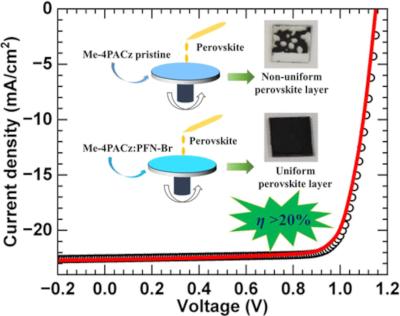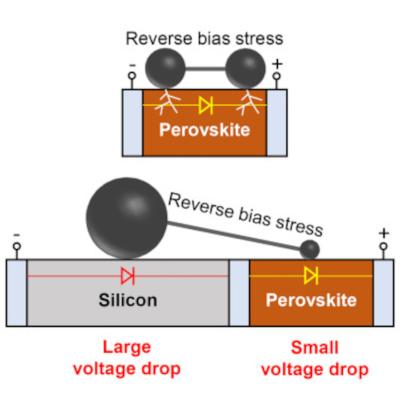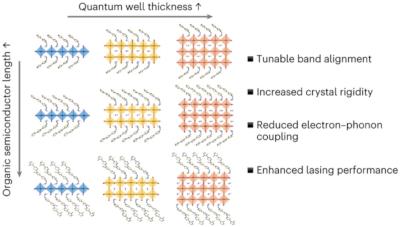Researchers identify the best combination of stressors for testing perovskite solar cells
Researchers at the U.S. Department of Energy’s National Renewable Energy Laboratory (NREL) and the University of Toledo have found that perovskite solar cells should be subjected to a combination of stress tests simultaneously to best predict how they will function outdoors.
The team used a state-of-the-art p-i-n PSC stack (with PCE up to ~25.5%) to show that indoor accelerated stability tests can predict 6-month outdoor aging tests. Device degradation rates under illumination and at elevated temperatures are most instructive for understanding outdoor device reliability. The team also found that the indium tin oxide (ITO)/self-assembled monolayer (SAM)-based hole transport layer (HTL)/perovskite interface most strongly affects the device operation stability. Improving the ion-blocking properties of the SAM HTL increases averaged device operational stability at 50°C–85°C by a factor of ~2.8, reaching over 1000 h at 85°C and to near 8200 h at 50°C with a projected 20% degradation, which is among the best to date for high-efficiency p-i-n PSCs.




